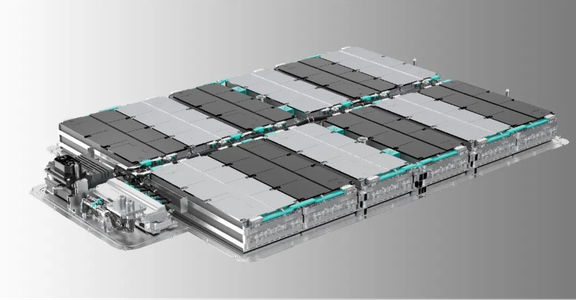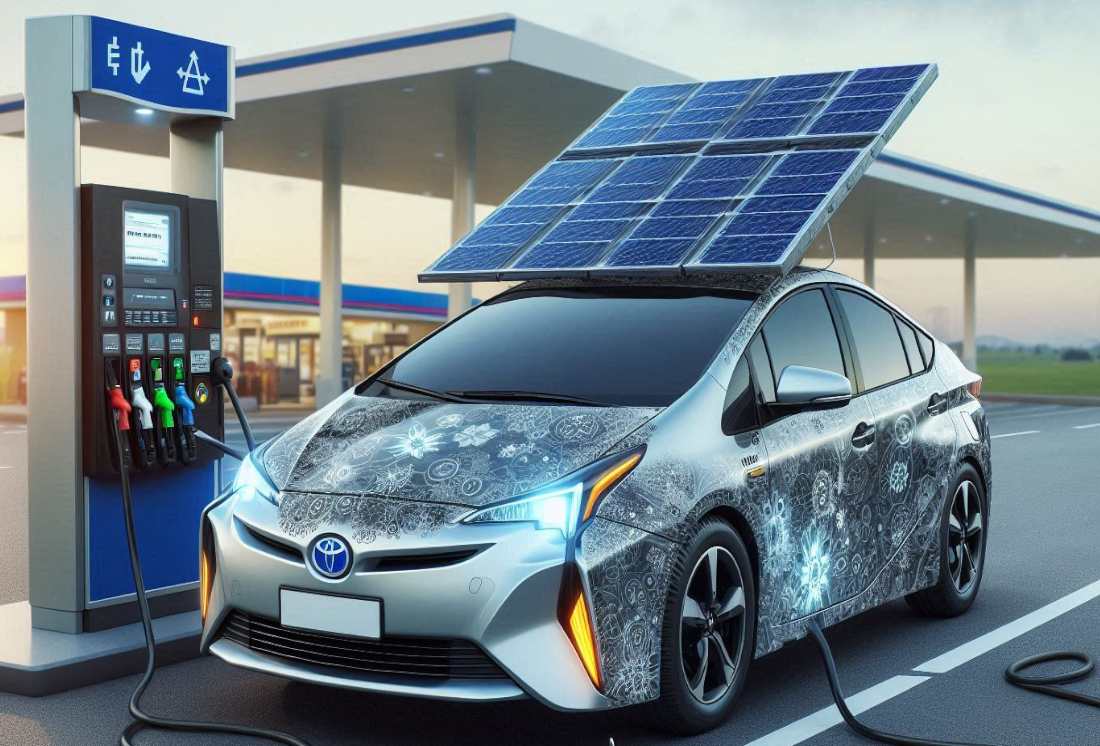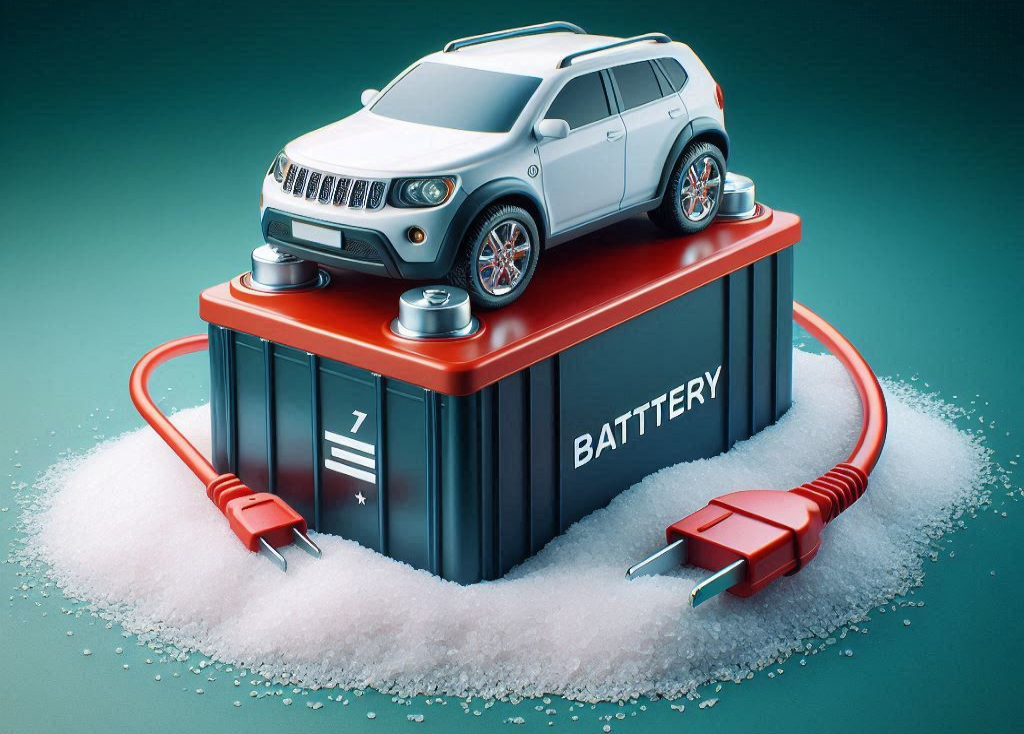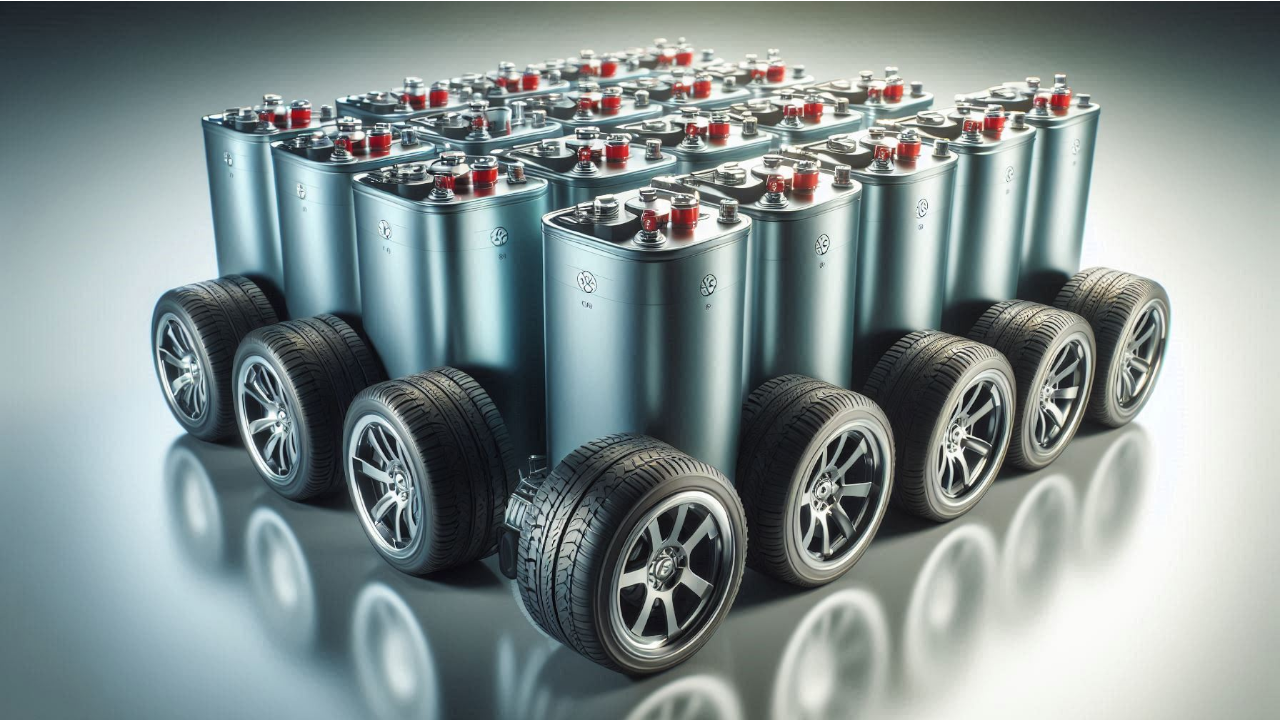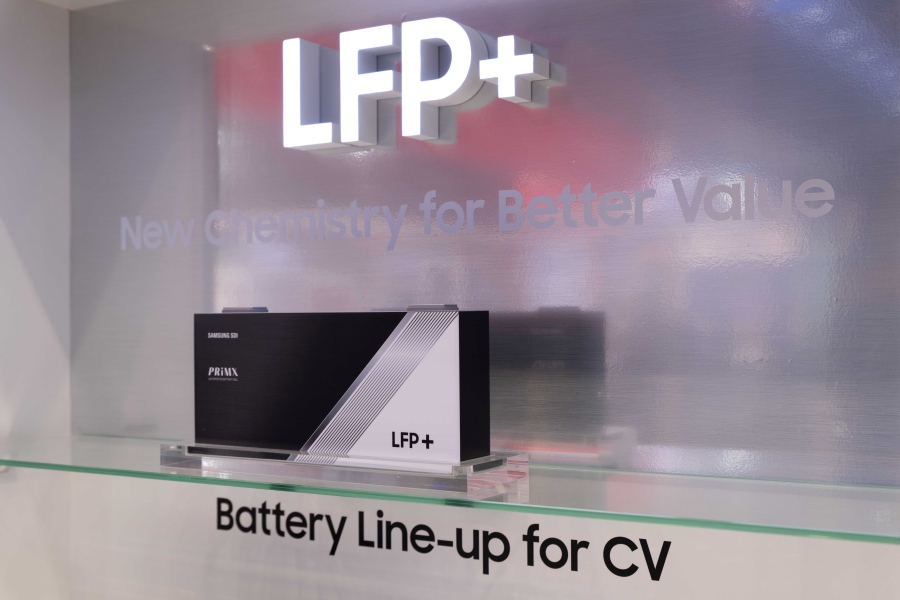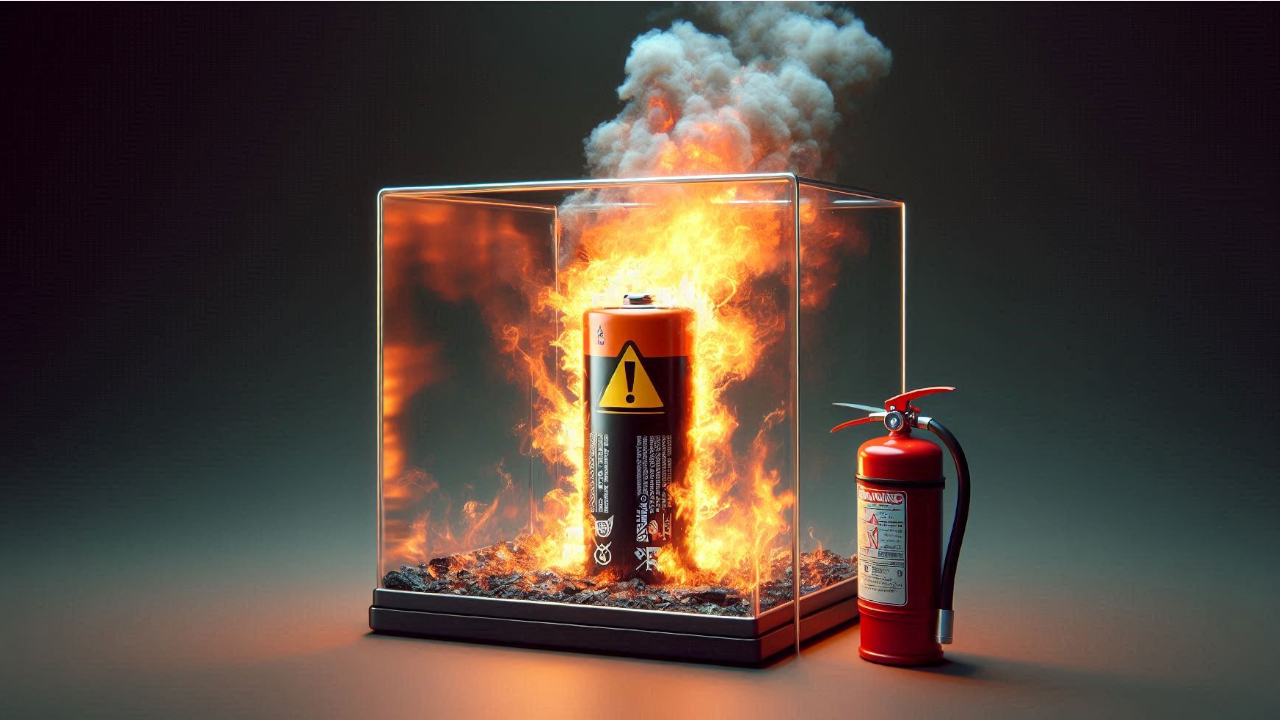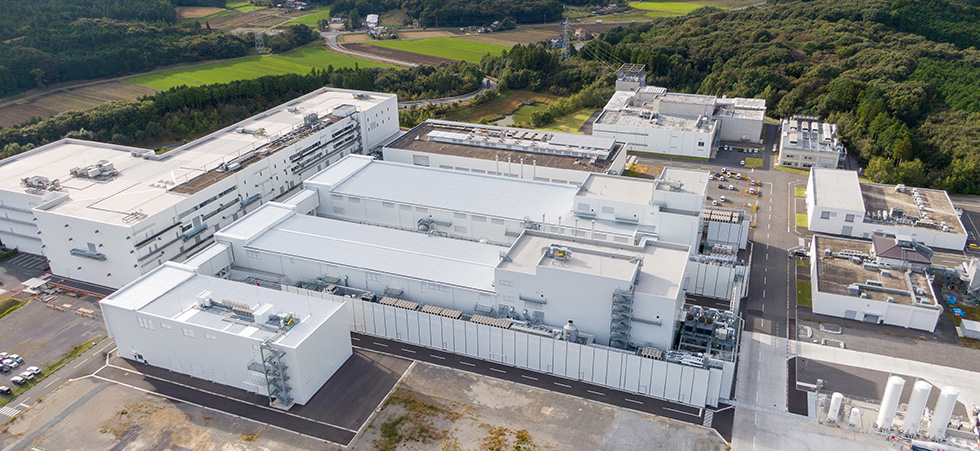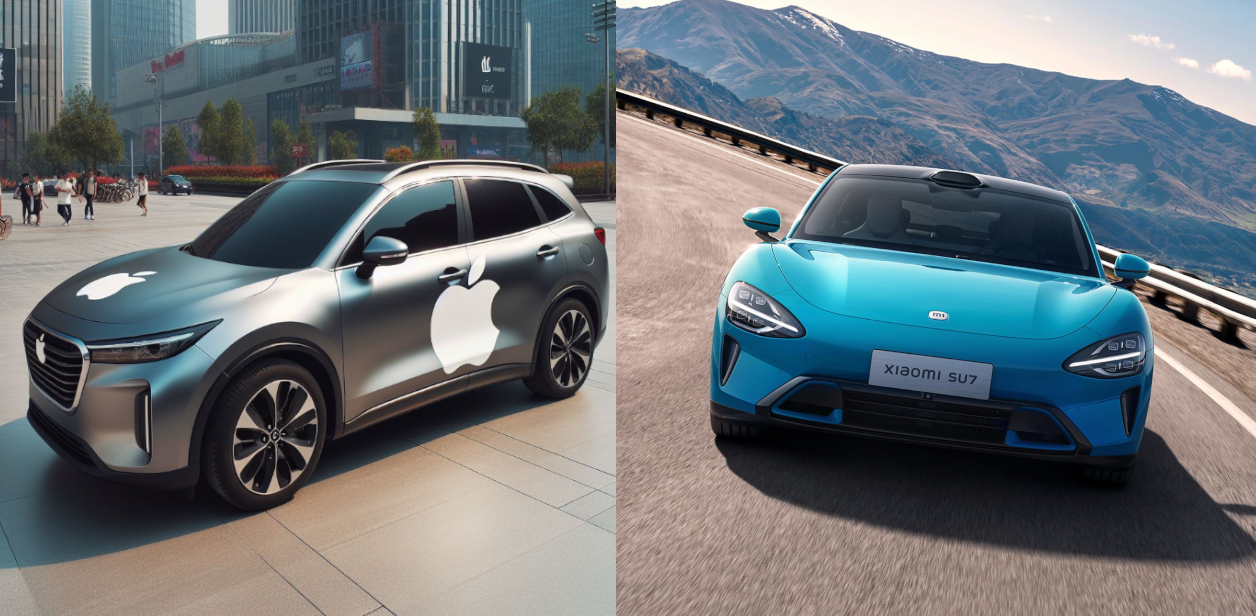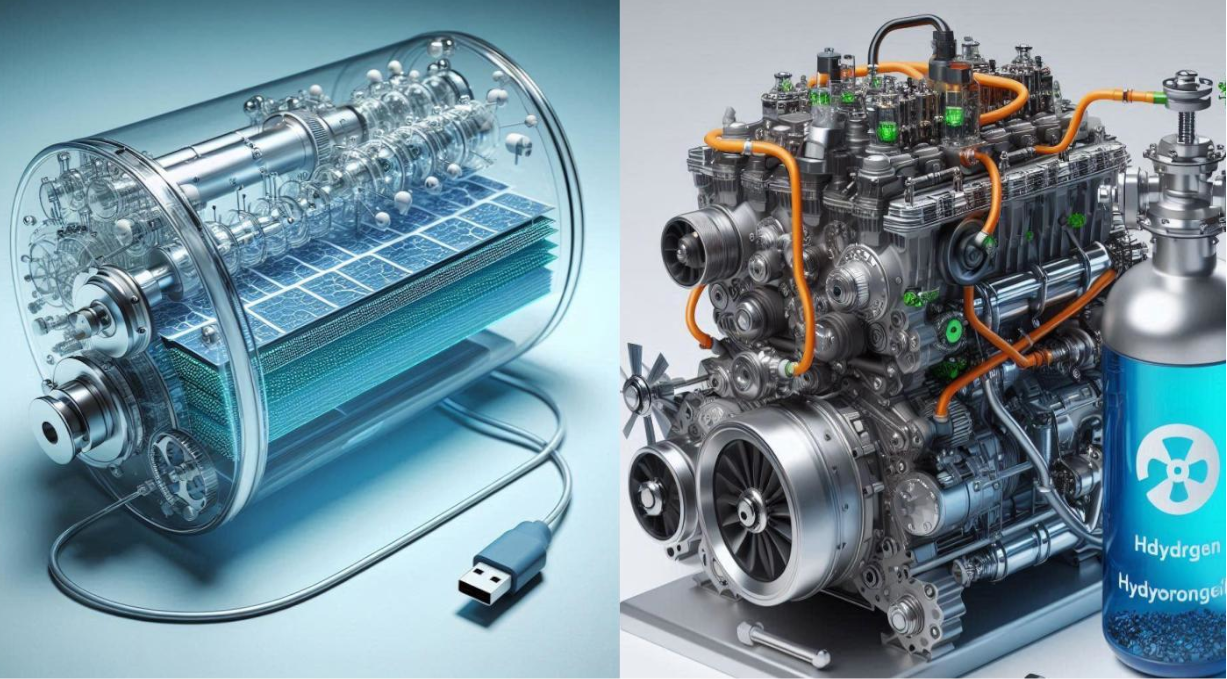Liquid-state lithium-ion batteries reign supreme in the world of power, powering everything from tiny smartwatches to hefty electric vehicles. While they’ve revolutionized portability and convenience, they come with two main drawbacks: flammability and dendrite growth.
Flammable electrolytes pose a safety risk, and over time, dendrites (needle-like structures) can form within the liquid, shortening battery life.
Enter the solid-state battery. This next-generation technology ditches the liquid electrolyte altogether, replacing it with a solid material. This translates to increased safety, improved stability, higher energy density (meaning they can store more power), and faster charging. However, these are still under development and remain quite expensive, limiting their use to specialized applications like medical devices where safety is paramount.
This is where semi-solid state batteries step in, offering a potential middle ground. They use a composite separator, a blend of solid and liquid components. This clever mix provides several advantages:
- Enhanced Safety: The reduced amount of liquid lowers the risk of fire and dendrite formation.
- Faster Charging: Some liquid allows for faster ion movement compared to fully solid electrolytes, potentially leading to quicker charging times.
- Cost-Effective Production: The semi-solid nature makes them easier and potentially cheaper to manufacture compared to fully solid-state batteries.
The promise of semi-solid batteries has attracted the attention of major players. Chinese automaker NIO has already showcased a car equipped with a 150 kWh semi-solid battery, boasting a remarkable range of over 1,000 kilometers (621 miles) on a single charge. Meanwhile, American companies like QuantumScape and Solid Power are actively developing their own semi-solid battery solutions.
The future of batteries is bright, and semi-solid technology has the potential to bridge the gap between current lithium-ion batteries and the game-changing potential of solid-state. This innovation could offer significant improvements in safety, performance, and potentially usher in a new era of faster charging for our ever-evolving world.
